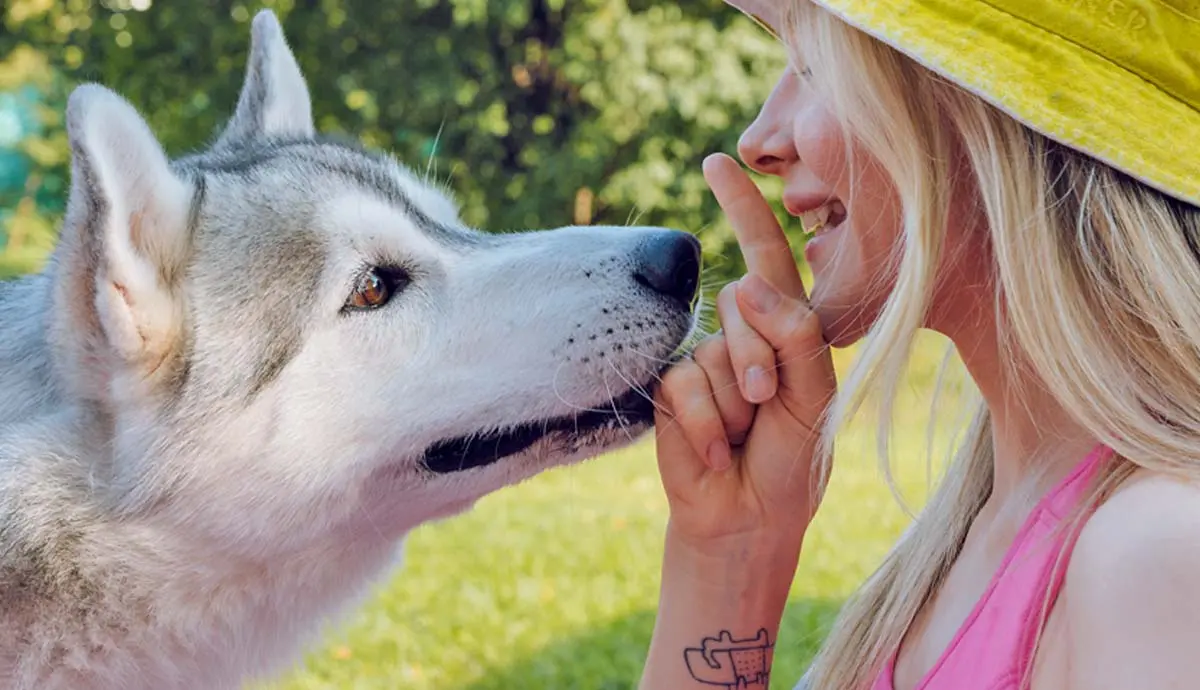What does blue look like to dogs
When we think about color, we often envision a vibrant spectrum that captivates our senses. Colors influence our moods, enhance our environments, and shape our experiences. However, the way we perceive color is not universal; it varies significantly among different species. One question that arises in interactions between humans and our four legged companions is: What does blue look like to dogs? Understanding this intriguing aspect of canine perception not only sheds light on their world but also helps us to appreciate the differences between our visual experiences.

The Science of Canine Vision
To understand how dogs perceive color, we need to delve into the structure of their eyes and how their vision differs from that of humans. Humans are trichromatic, meaning we have three types of color receptors, or cones, in our retinas. These cones allow us to perceive a wide range of colors, primarily red, green, and blue. Dogs, on the other hand, are dichromatic. They possess two types of cones, which primarily respond to blue and yellow wavelengths. This significant difference in retinal structure fundamentally shapes their visual experiences.
The two types of cones in dogs provide them with an ability to see shades of blue and yellow, but not red or green. Instead of seeing an expansive spectrum of colors, dogs experience a more limited palette. The colors that stand out to them are primarily variations of blue and yellow, while reds and greens may appear more muted or even grayish.
>>> Buy now: The Robot Puppy Dog Pals Shirts
How Dogs Perceive the Color Blue
Given their dichromatic vision, when dogs look at the color blue, they do not see the same vivid blue that we do. Rather, their perception of blue is comparable to how a human might see blue in dim lighting or how we perceive the color when it is mixed with hues that might include some yellow or gray undertones. This results in blue appearing less vibrant and possibly more subdued than we experience.
Research indicates that the blue-violet spectrum might be on the higher end of their visible spectrum, meaning that shades of blue could appear as bright or even vibrant to them, particularly in natural settings or during high-light conditions. For instance, a blue ball thrown in green grass may appear distinct and easily recognizable to a dog because it offers enough contrast against its surroundings.
Color Contrast and Texture: Dogs’ Other Visual Cues
While color is an important aspect of how we perceive our environment, dogs rely heavily on other visual cues as well. Their acute sense of movement, ability to detect contrasts, and sensitivity to brightness provide them with additional context about their surroundings. A dog’s eyes contain more rod cells (the photoreceptors responsible for low light and movement perception) than cone cells. This means that while they may not discern the countless shades of colors we do, they excel at detecting motion and shapes, especially in dim lighting conditions.
For a dog, a blue object may be easily identifiable not just due to its color, but through its shape and movement. For example, a blue frisbee flying through the air may catch a dog’s attention more effectively than a static green object. This is why many dog toys are designed in bright primary colors, primarily blue and yellow, which ensure the best visibility for our furry friends.

Training and Interaction Tips
Understanding how dogs perceive blue and other colors can enhance our interactions with them. Although it’s easy to think that any brightly-colored item will catch a dog’s eye, choosing toys in shades of blue and yellow can lead to better engagement and play. Here are a few tips:
Choose Color Wisely: When selecting toys, treats, or training materials, opt for colors that dogs are more likely to see—primarily blue and yellow.
Use Contrast: Create engaging environments with contrasting colors to enhance visibility. For instance, a blue ball on a sandy beach will be better perceived than on a green lawn.
Focus on Texture and Smell: Since color is not the only way that dogs interpret their world, be mindful of incorporating different textures and scents in toys and training activities. This multi-sensory approach not only engages their visual capabilities but also their sense of smell and touch.
Play at Different Times: Experiment with playing during varying light conditions. Dogs often have enhanced visibility in lower light, where their rod cells can pick up movement more effectively.
The notion of color, particularly blue, offers a fascinating glimpse into the unique world of canine perception. While dogs don’t see blue the same way humans do, their ability to detect various shades and contrast give them a rich visual experience tailored to their lifestyle as hunters and companions. By appreciating the biological underpinnings of canine vision, we can foster better interactions with our pets, ensuring that our communication and playtime are as engaging and enjoyable as possible.
>>> Read more: Creative Ugly Sweater Ideas for Fantasy Themed Gatherings
Understanding what blue looks like to dogs is more than just an exploration of color; it’s a reminder of the diverse ways in which life can be perceived. It enriches our relationship with them and highlights the remarkable adaptations that both species have developed in their respective environments.
